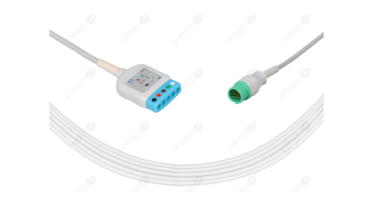Making Your Site Mobile Friendly

A mobile‐friendly website is a site that looks and functions equally well on a mobile device, such as a smartphone or tablet, and a desktop computer. This is important because today more than a billion people worldwide are regularly using mobile devices to research and make purchases, and a good many of those people want to research and buy from your site. If your site doesn’t look good on a mobile device, or if it’s not easy to use, you are going to miss conversion opportunities left and right.
Developing a Design Procedure
Developing a design procedure for your website is also important. Keeping a procedure the same through all parts of the design process helps you if something goes wrong. If your design procedure is a set procedure, you can more easily pinpoint where the goof‐up happened and to fix it.
When developing a design procedure, create a style guide for your website conventions and best practices. If you use a template style guide, all images are named the same way, for example, using hyphens for spaces, and they are all saved under the same file folder. All videos are named in a standard way and go in their own folder, and so on. This prevents confusion down the line.
If you have a design team, make sure they’re all on board with the style guide and that any newbies you bring in are trained to follow it. Also make sure it’s a procedure that everyone can follow. Sure, it may all make sense in your head, but it needs to make sense to everyone else, too. (Besides, don’t be too sure that what makes sense to you now will make sense to you in six months.) Document every last bit of your procedure, and if you have the resources, hire a technical writer to take it all down and rework it so that it’s understandable for everyone else.
Here’s a handy list of things you should be keeping in mind when you’re coming up with the standard design procedure for your website:
✦ Know what your site is about.
✦ Know your page themes.
✦ Know the major categories/silos
✦ Know the subcategories.
✦ Know your keywords and how you research and choose them.
✦ Know whether your site is e‐commerce, research‐oriented, or both.
✦ Know how you arrange your files.
✦ Have a set standard for naming files.
✦ Have a set standard for naming Title tags.
✦ Keep track of all your titles and headings in order to avoid redundancy.
✦ Know the color scheme, fonts used, and visual standard.
Last word
Having a set standard in place before you start also helps to keep the process moving as quickly as possible and results in the least amount of headaches for everyone involved. It also makes doing your SEO much easier because you don’t have to waste time redefining your goal with every single page edit.
Making an informed decision is crucial when considering Vidmate old version. Benefits include familiarity and stability. Drawbacks may involve security risks and lack of updates. Evaluate your needs carefully before choosing. Ensure compatibility with your device and consider potential risks. Ultimately, the decision rests on your priorities. Balance the advantages and disadvantages to make the best choice.





